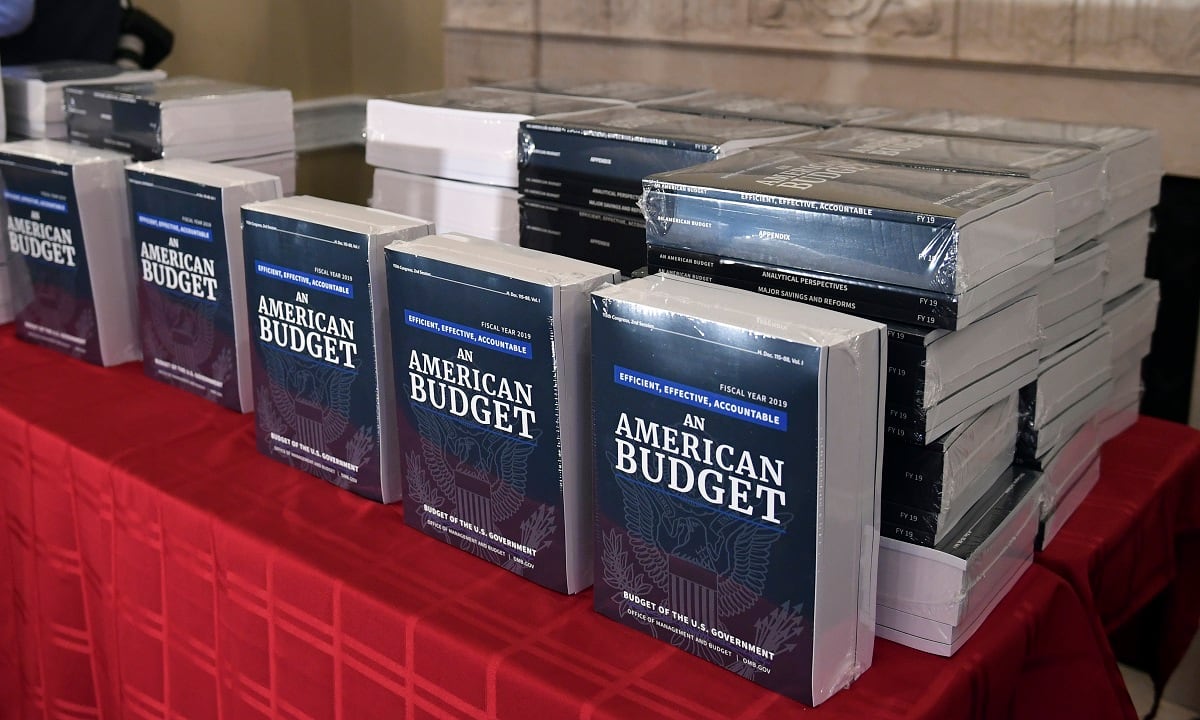Among the biggest revelations of the president’s 2019 budget proposal was the announcement that the administration will be releasing a management agenda in March 2018 “to advance the vision and improve the three drivers of reform” in agencies.
This agenda corresponds with the administration’s reorganization efforts, which directed agencies to submit reorganization plans to the Office of Management and Budget.
According to the 2019 budget proposal, senior officials will be named to establish trackable goals for accomplishing improvement in six areas:
- IT modernization
- Creating a 21st century data framework
- Developing a 21st century workforce
- Improving customer experience with government services
- Shifting from low-value to high-value work
- Improving the efficiency and effectiveness of administrative services
To this end, the administration will be establishing cross agency priority (CAP) goals to publicly track the implementation of changes in those areas.
RELATED

According to Robert Shea, principal at Grant Thornton and former associate director at the Office of Management and Budget, the management agenda outline included in the budget addresses “badly needed changes to workforce management.”
However, Shea added that the 2019 budget proposal’s projections for savings due to the management changes are a bit of a stretch, as such changes will likely cost money in the short term and will do more for efficiency and accuracy than cost reduction.
In addition, some agency reforms will require the authorization of a Congress notorious for slow changes, and which has already passed a two-year budget of their own with different objectives than the 2019 presidential budget.
Jessie Bur covers federal IT and management.





